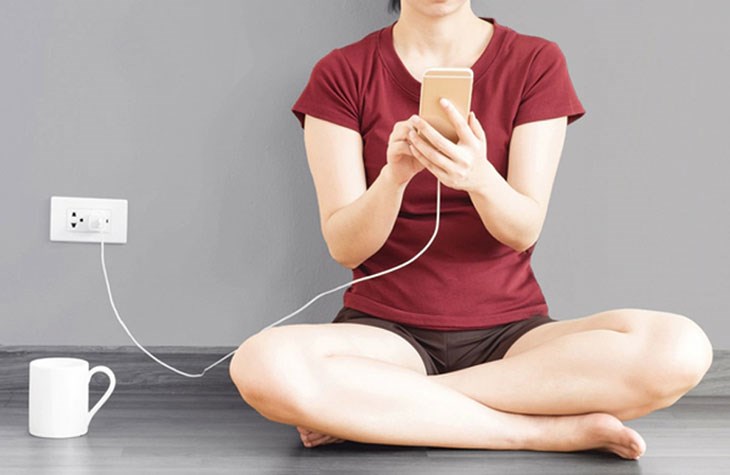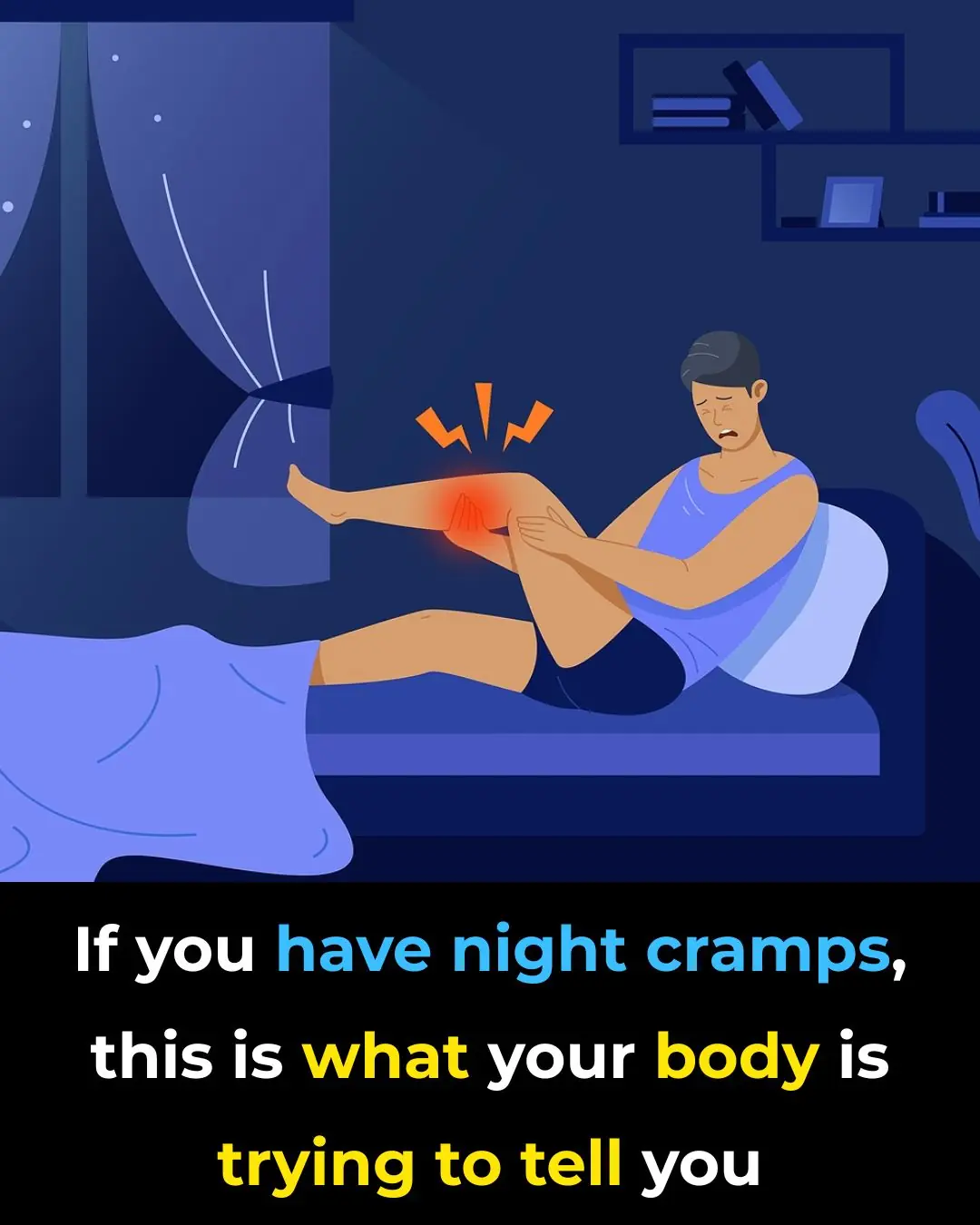
Never leave a charger plugged in when empty: here are the 3 main reasons.

Leaving your charger plugged into the wall—even when it’s not connected to a device—may seem harmless. But in reality, this small habit could be costing you money, wasting energy, and even posing serious safety risks.
Let’s break down why this common mistake is more dangerous than it appears.
1️⃣ Phantom Load: The Invisible Energy Drain
Even when not connected to your phone or laptop, your charger still draws electricity. This is called a:
Phantom load, also known as vampire power or standby energy loss.
🔌 Typical energy usage:
-
0.1 to 0.5 watts per idle charger
While this seems tiny, the impact is massive when multiplied by millions of households worldwide.
💸 The Real-World Effects:
-
Slight but constant increases in your electricity bill
-
Wasted energy that contributes to unnecessary carbon emissions
-
Increased strain on power grids, especially during peak hours
➤ Tip: Just because a charger feels cool doesn’t mean it’s not consuming energy.
2️⃣ Fire & Electrical Safety Risks
Chargers generate heat—even when idle. Combine this with cheap or aging components, and you've got a potential fire hazard.
⚠️ Risks Include:
-
Short circuits from overloaded or worn circuits
-
Sparking from sudden power surges or faulty wires
-
Fire from overheated adapters or flammable surroundings
Particularly dangerous:
-
Counterfeit chargers
-
Old wall sockets or overloaded extension cords
-
Plugging in during thunderstorms
Remember: Even a minor spark can ignite flammable surfaces like carpets, curtains, or bedsheets.
3️⃣ It Wears Out Your Charger Faster
Leaving your charger plugged in keeps electricity running through its internal components, even when it's doing nothing.
Over time, this causes:
-
Capacitor fatigue and resistor wear
-
Reduced energy efficiency
-
Overheating, especially with cheaper chargers
-
A shorter lifespan for your adapter
You’ll eventually notice slower charging or even full charger failure—often far sooner than expected.
⚠️ Using Your Phone While Charging? Think Again.
Yes, most of us do it. But it’s not ideal—especially with fast charging and gaming.
🔥 Here’s What Happens:
-
Excessive heat builds up from screen use and charging at the same time
-
Battery stress from charging and discharging simultaneously
-
Electrical risks if you're using a faulty or low-quality charger
-
In rare but real cases, this has led to burns, phone explosions, or small fires
Best practice: Let your device charge undisturbed on a hard, flat surface (never under a pillow or blanket). Aim to charge only until 80–90% to preserve battery health.
✅ Practical Tips for Safer, Smarter Charging
| ⚠️ Problem | 💥 Effect | ✔️ Solution |
|---|---|---|
| Phantom energy drain | Higher electricity bills | Unplug when not in use |
| Fire or overheating risk | Damage to property or personal injury | Use certified chargers and avoid charging near flammable objects |
| Charger wear | Shorter adapter lifespan | Use smart plugs or power strips with off switches |
| Power surges during storms | Permanent device damage | Unplug during thunderstorms |
| Using phone while charging | Heat stress, reduced battery life | Avoid use during charging, especially under blankets or while gaming |
🔌 Smart Charging Habits to Adopt Today
🧠 1. Use Smart Plugs or Switchable Power Strips
Auto-cut power or flip a switch when not in use to stop phantom drain without constant unplugging.
✅ 2. Buy Only Certified Chargers
Look for safety certifications like UL, CE, or Energy Star. Avoid knock-offs—they’re often poorly built and risky.
🌩️ 3. Unplug During Storms
Power surges caused by lightning can damage chargers and the devices they’re connected to—even if they’re off.
💤 4. Avoid Charging Overnight
Long periods of charging heat up both your charger and device. This degrades your battery over time and increases fire risk.
🧯 Final Takeaway: It’s Just Not Worth the Risk
It may seem like a tiny habit—but leaving your charger plugged in when it’s not in use can lead to:
-
Wasted energy
-
Higher bills
-
Shorter charger lifespan
-
Fire hazards
-
Damage to your devices
It takes just a second to unplug—and it could save you money, time, and serious risk.
🔌 Unplug it. Save power. Stay safe.
News in the same category


How to make delicious Japanese-style pink pickled ginger, with readily available ingredients

Mosquitoes fear this bowl of water the most. No matter how many mosquitoes there are in the house, they will all go away, so you can sleep peacefully.

3 tips to make roast pork with golden brown, crispy skin, more delicious than restaurant

10 great tips with baking soda, helping to solve many problems in the house

Noni soaked in rock sugar – A remedy with many wonderful uses

Bougainvillea loves this type of water the most. Water it once every 10 days and the flowers will bloom brilliantly, covering the branches.

Husband secretly gave money to the maid, I was surprised to know her real identity.

3 types of plants to avoid growing in the house, or else they will cause bankruptcy, loss of wealth, and bad luck.

How to recognize fake honey, honey mixed with sugar

How to keep watermelon fresh for a month: A small tip that everyone needs to know this summer

Cut a handful of these leaves and put them in the pot of boiled shrimp. The shrimp will turn bright red, the meat will be firm, sweet, and fragrant.

No need for a refrigerator, ancient people used these 6 ways to preserve eggs for a whole month and keep them fresh

Tips for cleaning electric kettles to help remove limescale and unpleasant odors: Simple but effective

Do you know the effects of this oil on your life?

Everyone thinks this part of the cow is the most delicious, but it's both dirty and poisonous. Don't buy it at the market, no matter how cheap it is

Water heater used for a long time has accumulated dirt: Do this so the dirt will flow out by itself, no need to call a technician

Don't throw away tuna cans: they're worth their weight in gold if you reuse them this way!

Why You Should Avoid Drinking the Mineral Water Provided in Hotel Rooms: The Subtle Reasons You Might Not Know — Read Now to Protect Yourself
News Post

Pineapple Water: A Refreshing Drink That Supports Your Health

The Silent Threat: Recognizing Early Signs of Kidney Disease and Lifestyle Prevention

A Heartwarming Encounter: A Child’s Innocence and the Power of Love.

The Stranger Who Stopped: How One Man’s Compassion Saved a Life on a Busy Georgia Road

Baking Soda (Bicarbonate of Soda): Uses and Benefits (Science Based)

A Father’s Day Gift Like No Other: A Daughter’s Kidney, A Father’s Second Chance

Benefits of Walking: Why Walking is One of the Best Forms of Exercise 🚶♀️

Maliyah’s Fight: A Fifteen-Year-Old Cheerleader Battling Stage 4 Cancer With Courage and Faith

No Cake, No Balloons: A Firefighter’s Quiet Birthday of Purpose and Service

Orangutan Secretly Watches Over Woman During Jungle Survival Challenge

“The Stranger on a Plane: How One Man’s Kindness Gave a Mother the Gift of Rest”

A Little Fighter’s Final Victory: Remembering Bryson’s 1,027-Day Battle

A Match Made in Dog Heaven: A Toddler and Her Puppy Who Share a Special Bond

A Simple Act of Kindness That Changed Everything: The McDonald’s Employee Who Went Above and Beyond

The Mystery of the Milk Bottle Dent

Pick Your Robin

🌱 Taro Unraveled: The Hidden Power of This Ancient Root

10 Vaseline Hacks You Probably Haven’t Tried Yet
